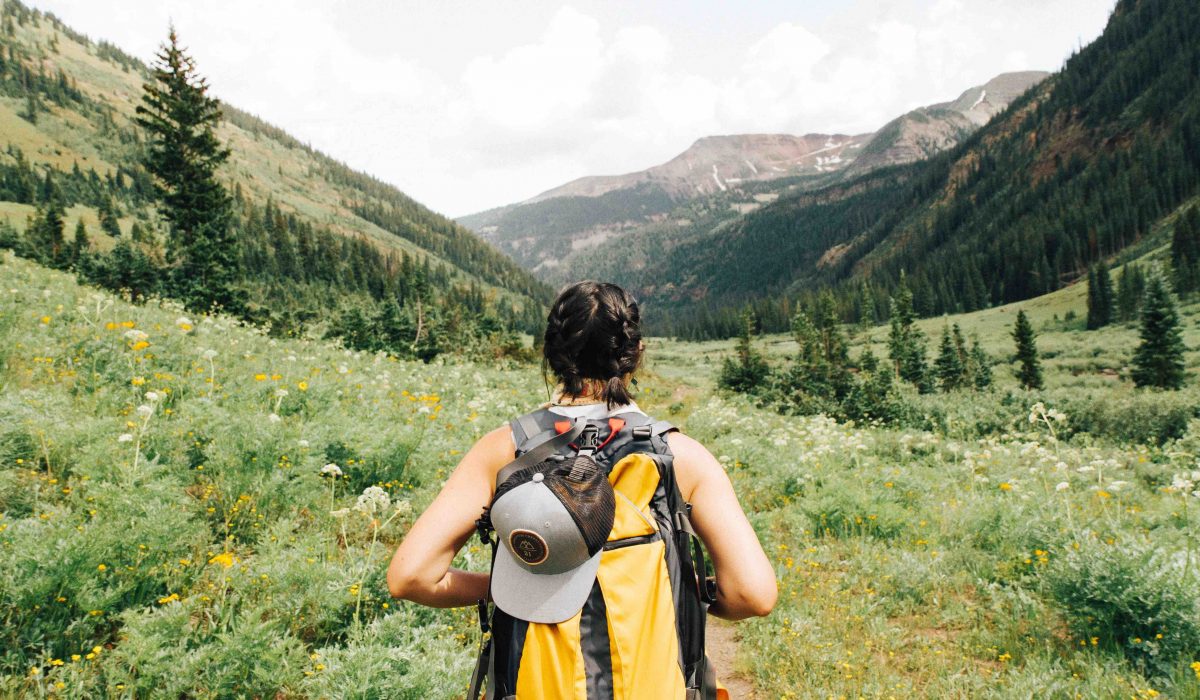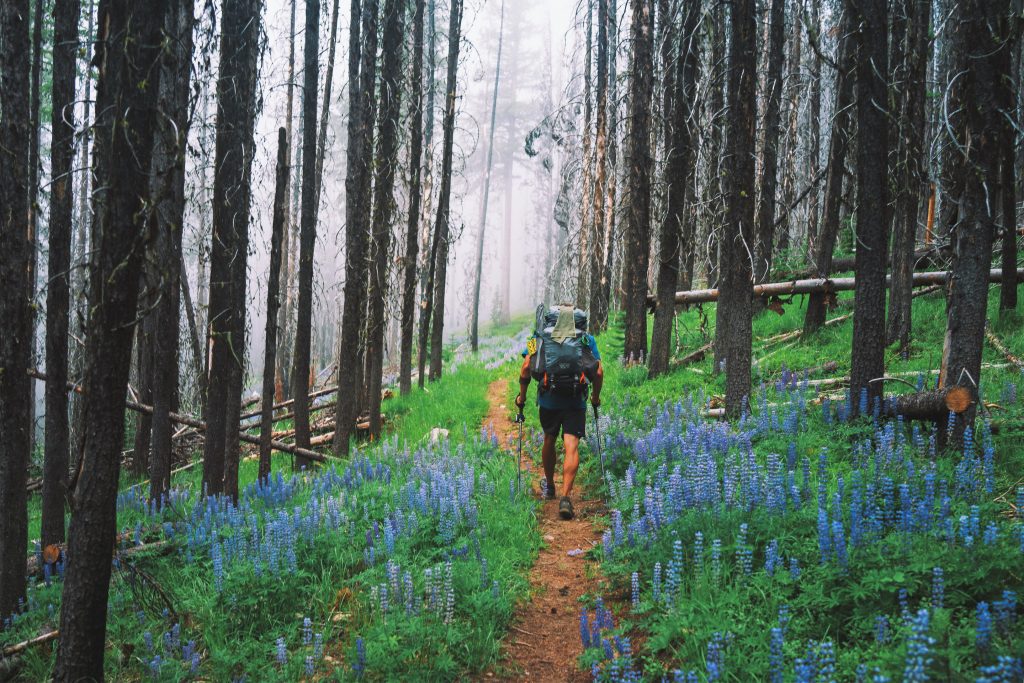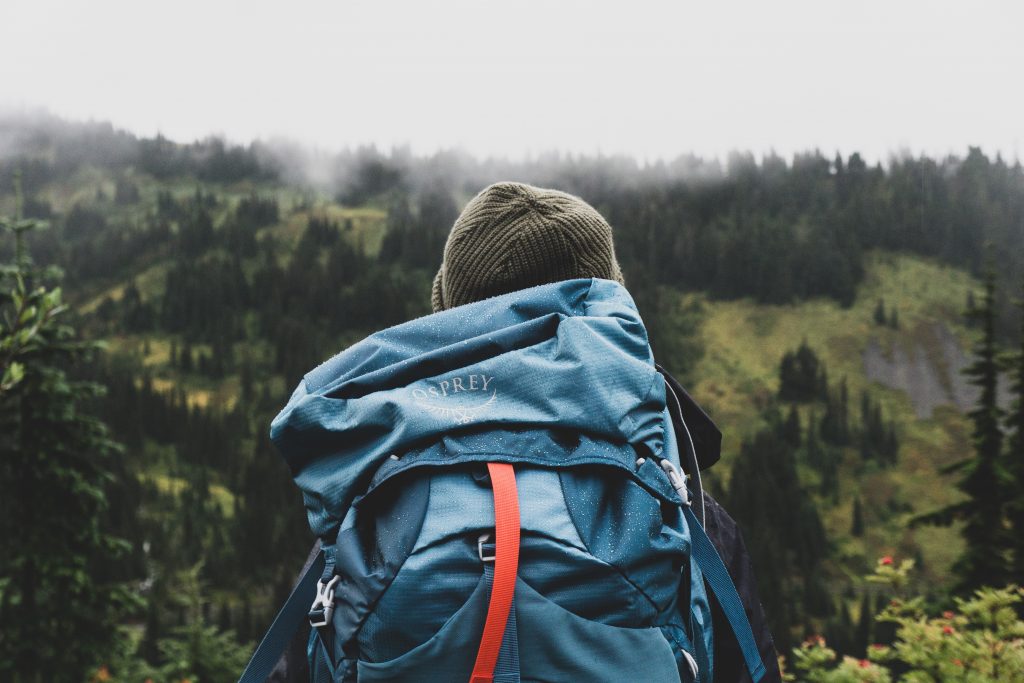A Complete Guide to Hiking in Spain

Spain is an incredible destination for hikers. It offers a diverse range of landscapes, from rugged mountains to lush forests and stunning coastal trails. Whether you’re an experienced hiker or just starting out, there’s a hike for you in Spain.
With that in mind, we’ve compiled everything you need to know to plan a hiking adventure in Spain! If you’re coming from a visa-required country or planning a long hiking trip in Spain, make sure you first check if you need a Schengen visa for your stay.
When Is the Best Time to Go Hiking in Spain
Spain has a Mediterranean climate with mild winters and hot summers. The best time to go hiking in the country is during the spring (March to May) and autumn (September to November). During these times, temperatures are milder and crowds are smaller. However, if you’re planning on hiking in the mountains, it’s best to go during the summer (June to August) when the snow has melted and the trails are much more accessible.
What Are the Best Hiking Trails in Spain

Imaghe by Tyler M.Yates on flickr
Hiking is one of the best ways to explore Spain’s stunning scenery. From the Pyrenees in the north to the Sierra Nevada in the south, there are countless hiking trails across beautiful natural landscapes to choose from. Let’s take a closer look at some of the best.
Camino de Santiago
The Camino de Santiago, also known as the Way of St. James, is a network of pilgrimage routes across the north of the country. They all lead to the shrine of the apostle St. James the Great in the Cathedral of Santiago de Compostela, the capital of Galicia.
The most popular route is the Camino Frances, which starts in St. Jean Pied de Port and ends in Santiago de Compostela. The trail covers a distance of over 800 kilometers and passes through regions such as the Basque Country, Cantabria, and Asturias. Although the full route takes around a month to complete, many pilgrims opt to hike smaller sections of the Camino at a time.
Ruta del Cares
The Ruta del Cares is located in the Picos de Europa, one of the best national parks to visit in Europe. The route follows the Cares River through a narrow gorge, offering stunning views of the mountains and valleys. The trail is around 12 kilometers long and takes around 6 hours to complete on a round trip.
Ordesa y Monte Perdido National Park
The Ordesa y Monte Perdido National Park is located to the north of Huesca in the Spanish Pyrenees. The park is made up of 4 valleys (Añisclo, Escueta, Ordesa, and Picuaín) and one peak, Monte Perdido.
There are 22 hiking routes of different difficulties, totaling 380 kilometers. The most challenging is the Balcón de Pineta route, which takes you up to an altitude of 2,590 to explore the breathtaking Monte Perdido glacier.
Montserrat
And if you find yourself in the city of Barcelona, one of the best things to do in Barcelona is to hike up Montserrat. This is a multi-peaked mountain range and it’s known for its distinctive rock formations and as a destination for religious pilgrimage.
The mountain is home to the Benedictine abbey of Santa Maria de Montserrat, which attracts thousands of visitors every year. The most popular hike is the trail that leads up to the monastery. If you’re feeling lazy, you can then take a funicular railway to the top!
Teide National Park
Teide National Park is located on the island of Tenerife and is home to Mount Teide, an active volcano and the highest mountain in Spain. The most popular hike is the trail that leads to the summit of Mount Teide, which is an 8-hour hike that requires a permit. You can also take a cable car part of the way up the mountain.
Caminito del Rey
The Caminito del Rey is a hiking trail located in the province of Malaga in southern Spain. The trail is known for its narrow walkway that is dramatically suspended over a gorge.
The walkway was closed for several years for safety reasons but has since been reopened after extensive renovations and repairs. The trail is roughly 8 km long and takes around 3-4 hours to complete.
Sierra Nevada
The Sierra Nevada is a mountain range located in the south of the country near the city of Granada. It’s home to the highest peak in mainland Spain, Mulhacén, which stands at around 3,482m above sea level.
In addition to offering a range of hiking trails for all levels, the Sierra Nevada is also one of the most popular destinations for winter sports in all of Spain. So if you visit in the winter, you could also try your hand at a spot of skiing or snowboarding!
What to Pack for Hiking in Spain

Photo by Tristan Pineda on Unsplash
When packing for a hiking trip in Spain, it’s important to consider the weather and terrain. Here are some essentials to pack:
- Hiking boots: A sturdy pair of hiking boots with good ankle support is a must
- Comfortable clothes: Unless you’re planning to go nude hiking, you’ll want to pack some outdoor wear that’s appropriate for the season you’re hiking in
- Sunscreen and hat: Spain can get very hot in the summer, so it’s essential to protect yourself from the sun.
- Water bottle: It’s important to stay hydrated while hiking, so bring a reusable water bottle.
- Map and compass: While many trails in Spain are well-marked, it’s always a good idea to bring a map and compass in case you wander off the beaten path!
- Dog hiking backpacks: If you have furry companions, get them comfortable backpacks as they traverse the terrains with you!
Spain offers a diverse range of hiking trails that cater to all levels of hikers. Whether you’re looking for a challenging climb or a leisurely walk, Spain’s natural landscapes are just begging you to explore them!

